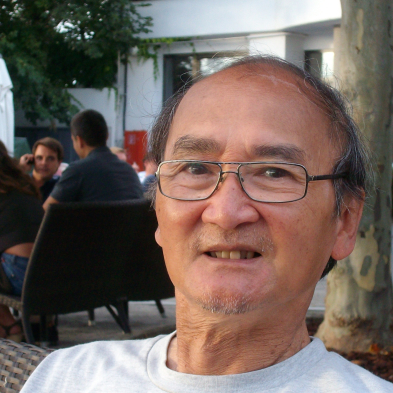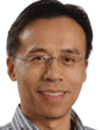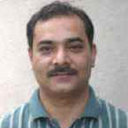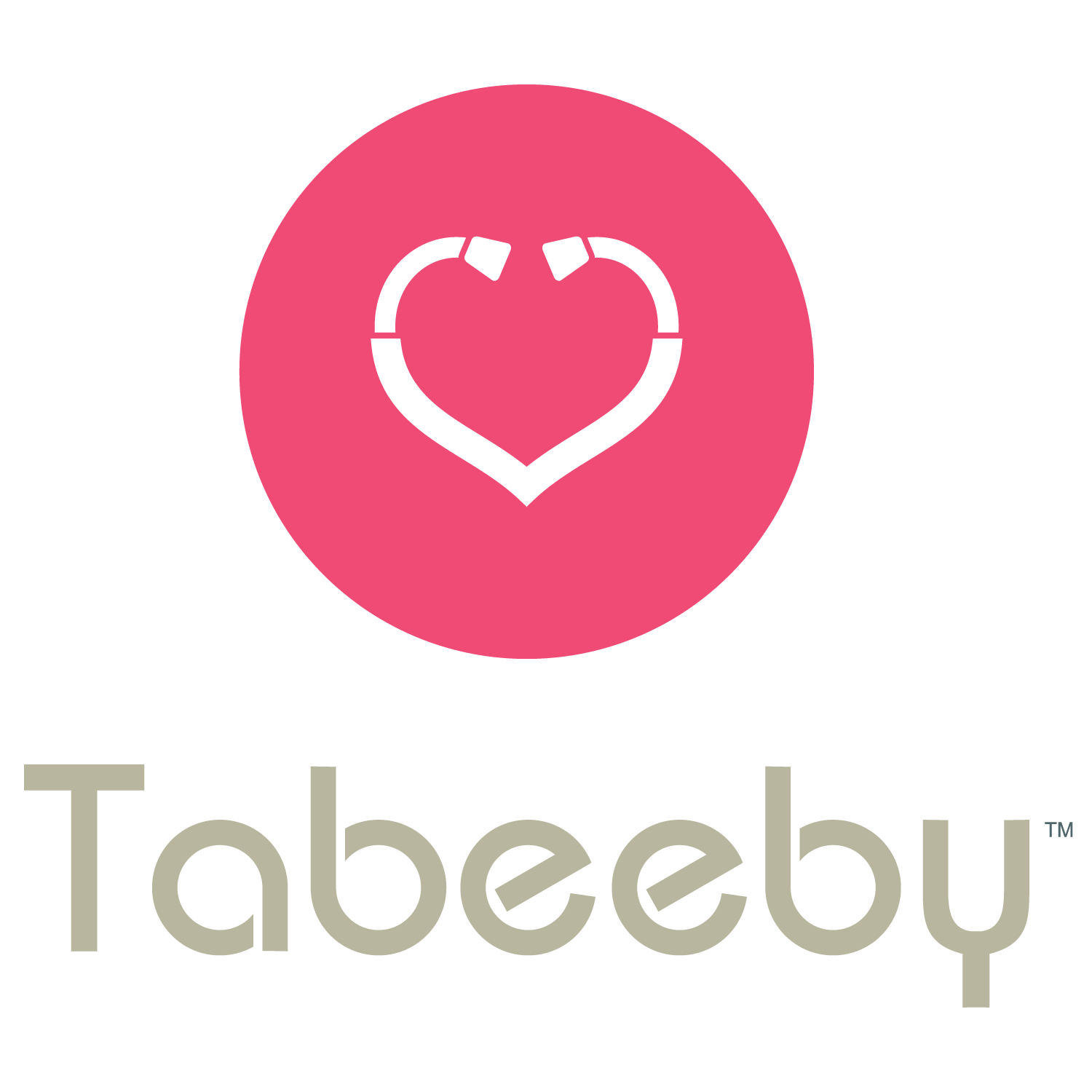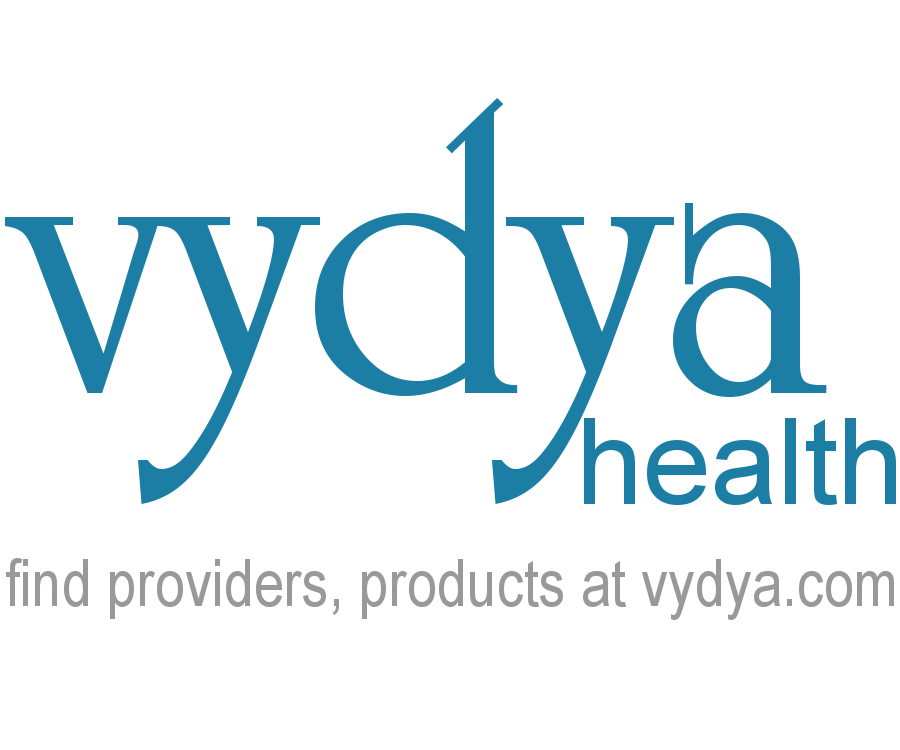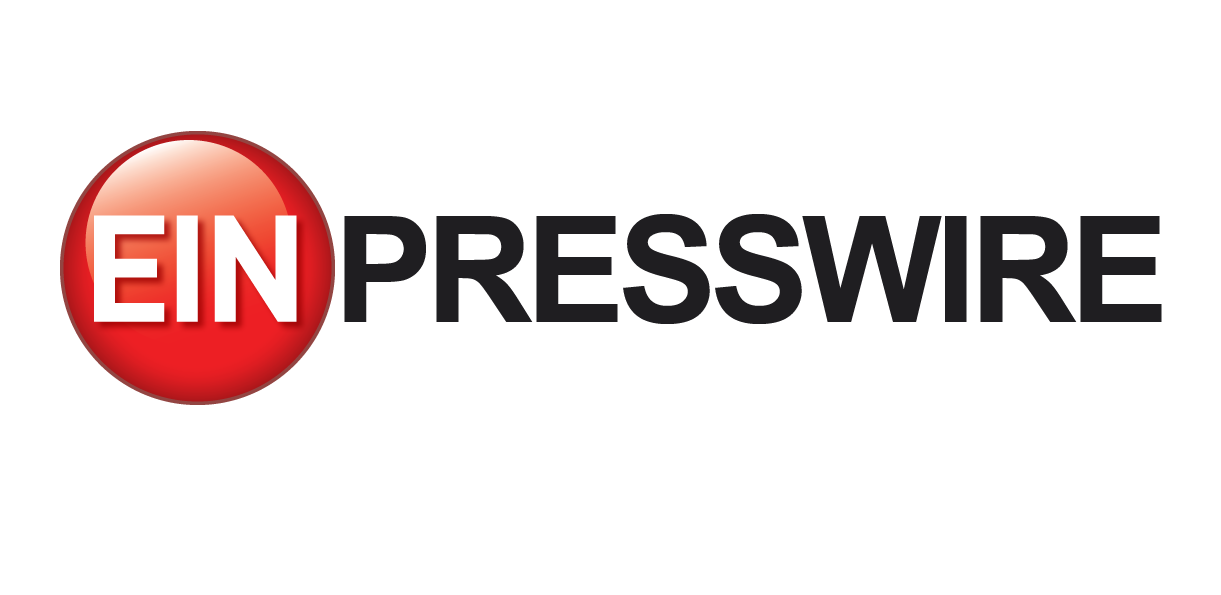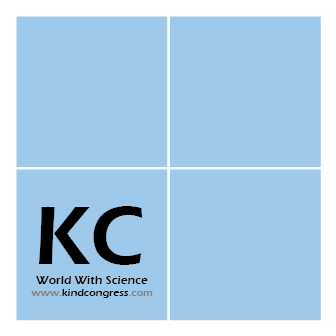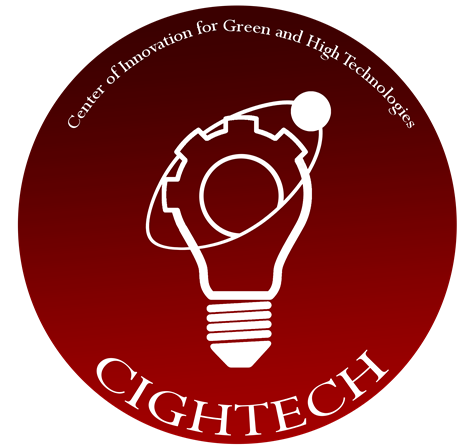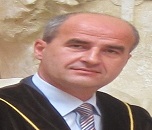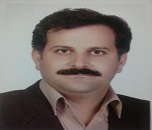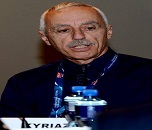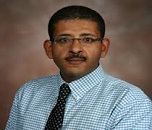Theme: Transforming global innovation in biomedicine and pharmacotheraphy
Biomedicine 2019
Conference Series llc LTD proudly announces the Global Experts Meeting on Biomedicine & Pharmacotherapy which will be held during March 25-26, 2019 at Hong Kong. The theme of conference is “Transforming global innovation in biomedicine and pharmacotheraphy”. Conference Series llc LTD provides a Global Platform for Pharmacologist, Biotech, Medical and Healthcare Professionals to Exchange Ideas, Knowledge and Networking at its International Conference.
Biomedicine Conference focuses on the importance to understand drugs and how they can affect human physiology. It is with better understanding of Pharmacology one can know the right dosage and dosage forms of drugs. More research in Biomedicine and pharmacotherapy deals with the identifying and responding to drug interactions and its side effects along with its mechanism of action, its therapeutic index and thereby treat accordingly. More intensive study with the interaction between drug and its therapeutic effect helps to identify the properties of ideal drugs.
Why to attend ???
Join your peers around the world targeted on learning regarding Biomedicine and Pharmacotherapy and connected advances, that is your single best chance to achieve the most important of participants from the Biomedicine and Pharmacology community, conduct demonstrations, distribute information, meet with current and potential professionals, create a splash with a new research works, and receive name recognition at this 2-day event. World-renowned speakers, the foremost recent analysis, advances, and the newest updates in Biomedicine and Pharmacotherapy are hallmarks of this conference.
Target Audience:
- Students, Scientists, Researchers, and Faculty of Medicine and Pharmaceutical Universities
- Medical Colleges, Researchers from Pharmaceutical Companies, Pharmacy and Biomedicine Associations and Societies
- Business Entrepreneurs, Training Institutes, Software developing companies
- Manufacturing Medical Devices Companies and Data Management Companies.
- Medical Devices Manufacturing Companies, CRO
- Data Management Companies.
- Pharmaceutical legislators and regulators
- Scientists
- Pharmacists
- Scholars from Pharmaceutical backgrounds
- Business Tycoons
Track-1: Biomedicine
Biomedicine (i.e. medical biology) is a branch of medical science that applies organic and physical principles to clinical practice. The branch especially applies to biology and physiology. Biomedicine also can relate to many other categories in health and biological related fields. The therapy used in pharmaceutical drugs is known as pharmacotherapy. It is distinguished from other therapy like surgical, radiation and physical therapy. Biomedicine involves the study of (pathos-) physiological processes with methods from biology and physiology. Approaches range from understanding molecular interactions to the study of the consequences at the in vivo level. These processes are studied with the particular point of view of devising new strategies for diagnosis and therapy. The application of development and pathological processes in humans, animals and cellular models is known as system medicine. Whereas systems biology aims at modelling exhaustive networks of interactions (with the long-term goal of, for example, creating a comprehensive typical of the cell), mainly at intra-cellular level, it also emphasizes the models of tissue, cell, organ, ecosystem by integration of factors into models that reveal the biological processes.
- Biomedical chemistry
- Proteomics and metabolomics
- Medical biophysics
- System medicine
- System biology
- Genome sequence
Track-2: Biomedical Statistics
The process used for collection, analysis and interpretation of data especially related to human biology, health and medicine. In a defined population the pattern, causes and effects of health and disease is studied and analysed by a process called epidemiology. The art of science that prevent disease, prolonging life and promoting human health through original efforts and informed choices of society, organizations, public and private, communities and individuals is referred to public health. The application of medical knowledge to the investigation of crime, particularly in establishing the causes of injury or death. The safety and effectiveness of medications, diagnostic products and treatment intended for human use is determined by a process called as clinical research.
- Statistical Methods
- Regression Analysis
- Big Data Analytics
- Application of biostatics
- Structural Bioinformatics
The device can be used alone or in combination in the field of instrument, software including the software intended and its manufacture to be used specifically for diagnostic and therapeutic purposes and necessary for its proper application to be used for human beings. Medical devices vary according to their intended use and indications. Examples range from simple devices such as tongue depressors, medical thermometers, and disposable gloves to advanced devices such as computers which assist in the conduct of medical testing, implants, and prostheses. In the field of mechanical engineering the design of medical devices constitutes a major segment.
- Ultrasound and MR machines
- PET and CT scanners
- X-ray machines
- LASIK surgical machines
- Anaesthetic machines
- Continuous passive range of motion (CPM)
- ECG, EEG
Track-4: Biomedical model
For the diagnosis of disease, the biomedical model of medicine play an important role between doctor and patient. The biological factors only focused by biomedical model since mid-19th century. The biomedical model gives the freedom to health from disease, pain or detect for making the condition of human healthy. The model's focus on the physical processes (for example, pathology, biochemistry and physiology of a disease) does not take any role for social factors or individual. the biomedical model does not consider diagnosis, which affects treatment of the patient, to be the result of a negotiation.
- Biopsychosocial model
- Medical model
- Medical model of disability
- Trauma model of mental disorders
- Biomedical Signal Processing
- Biomedical imaging
Track-5: Biomedical Diagnostics
Biomedical diagnostics is the study of procedures that provide information to aid the term is used, but in the case of a wrong diagnosis, the individual's actual disease or condition is not the same as the individual's diagnosis. Laboratory diagnosis is the process by which the disease is diagnosed in laboratory except physical examination. Radiology diagnosis is the process by which diagnosis occur by on the results from medical imaging studies. screening, detection, diagnosis and monitoring of disease. The diagnostic procedure may be carried out by physician, health care scientist, dentist, and pediatrist. According to individual medical conditions the diagnostic procedure can be separate.
- Laboratory diagnosis
- Radiology diagnosis
- Remote diagnosis
- Retrospective diagnosis
- Biomedical Signals
- Digital Signals
- Diagnosis Therapy
Track-6: Biomedical Science
Biomedical science is the study of the human body, its structure and function in health and disease. Medical microbiology is a Study of inhibition, diagnosis and treatment of various infectious diseases is related to medical microbiology. In addition, for the improvement of health this field of science studies various clinical applications of microbes. Clinical Virology is the Isolation of one or more several viruses responsible for human pathology by direct or indirect techniques (cellular Cultures, serologies, biochemistry, molecular biology) is related to clinical virology. Clinical epidemiology is the study of disease and its analysis like pattern, cause and effects is related to this epidemiology. Genetic epidemiology is the study of the role of genetic factors in determining health and disease in families and in populations, and the interplay of such genetic factors with environmental factors.
- Medical microbiology
- Clinical virology
- Clinical epidemiology
- Genetic epidemiology
- Genetic epidemiology
- Biomedical engineering
Track-7: Computational Biomedicine
In order to improve the diagnosis, prediction and treatment of complex medical diseases a process is developed known as computational biomedicine. Computational biomedicine is the name given to the use of computer-based tools and approaches to simulate and model the human body in health and disease. In the European Union, this new science has become synonymous with the concept of the virtual physiological human (VPH). More specifically, however, the name VPH is given to an ambitious initiative, funded through Framework Seven but building on work funded through earlier frameworks and external initiatives.
- Modelling
- Simulation
- Physiological human
- Molecular dynamics
- Image processing
Track-8: Molecular Biomedicine
The process by which molecular structures and mechanisms are desired in the field of using physical, chemical, biological, biostatics, and medical techniques are known as molecular medicine. This field mainly focused on cellular and molecular phenomenon rather than focus on patients and organs. The distribution of medicine to each individual cell just as oxygen coined by Sanjab Jacab.It also identify the genetic errors of disease and develop molecular.
- Metabolomics
- Molecular pathological epidemiology
- Molecular pathology
- Molecular diagnostics
- Cell Therapy Bioprocessing
- Nuclear Medicine
Track-9: Personalised medicine
The patients are separated into different groups according to their medical decision, practices, intervention or their risk of disease, the term is used known as personalized medicine. It is also called precision medicine, stratified medicine and p4 medicine. In personalised medicine, based on the context of a patient’s genetic content or other molecular or cellular analysis diagnostic testing is often employed for selecting appropriate and optimal therapies
- Clinical Case Reports
- Preventive Medicines
- Personalized Medicine & its Innovations
- Personalized Drug Therapy
- Genomics & Personalized Medicine
Track-10: Frontiers in Biomedicine
By using the chemical physical and biological methods the organs and the tissue systems can be developed the process is known as tissue system. Pathology is both a pure and an applied science and in the NHS setting is responsible for providing diagnostic laboratory tests on tissue, blood and other fluids, and for using laboratory tests to assess patients’ responses to treatment. Today, cell biology is a major driver of all aspects of biomedicine. The diagnosis of a disease increasingly relies on genetic, molecular, and cellular markers, and drug discovery has shifted from blind screening to targeted molecular design informed by our genetic, molecular, and cellular understanding of a disease. The technology for the domain of living and biological systems for the application of engineering and technology is known as biomedical engineering. The relationship between the parasite and host and their study is known as parasitology. virology is a twentieth-century science that deals with viruses and viral diseases. Physiology is the study of the relationship between an organism's form and its function. The best-known branch of physiology deals with the mechanical function of limbs and joints. However, the study of physiology also includes the function of organs and tissues, as well as the biochemical systems within and between cells. The application of development and pathological processes in humans, animals and cellular models is known as system medicine.
- Pathology
- Tissue engineering
- Cell biology
- Parasitology
- Virology
- Systems biomedicine
- Physiology
Track-11: Pharmacothrrapy
Among physicians, medical therapy refers specifically to pharmacotherapy as opposed to clinical or other therapy sometimes the term is used. for example, in oncology, medical oncology is thus distinguished from surgical oncology. Economical use of pharmaceutical drugs is ensured by pharmacist by the process pharmacotherapy. knowledge, training and experience in biomedical, pharmaceutical and clinical sciences the skills required to function as a pharmacist require. The pharmacotherapy is improved by pharmacology. The process used for collection, analysis and interpretation of data especially related to human biology, health and medicine.
Pharmaceutical Formulations
- Pharmaceutical Analysis
- Pharmaceutical Engineering
- Drug discovery and Development
- Bioinstrumentation
- Pharmacokinetics
Track-12: Biopharmaceutics
Biopharmaceutics examines the interrelationship of the drug on the basis of physical/chemical properties, the dosage form (drug product) in which the drug is given, and the route of administration on the rate and extent of systemic drug absorption. The importance of the drug substance and the drug formulation on absorption, and in vivo distribution of the drug to the site of action, is described as a sequence of events that precede elicitation of a drug's therapeutic effect.
Drugs are substances intended for use in the diagnosis, cure, mitigation, treatment, or prevention of disease. Drugs are given in a variety of dosage forms or drug products such as solids (tablets, capsules), semisolids (ointments, creams), liquids, suspensions, emulsions, etc, for systemic or local therapeutic activity. Drug products can be considered to be drug delivery systems that release and deliver drug to the site of action such that they produce the desired therapeutic effect and are also designed specifically to meet the patient's needs including palatability, convenience, and safety.
- Pharmacokinetics of Drugs
- Efficacy of drug products
- Multiple dosage regimens
- Xenobiotics
- Applied Biopharmaceutics
Track-13: Pharmacological Sciences
The study of drug action concerned with Pharmacology is the branch of biology , where a drug can be broadly defined as any man-made, natural, or endogenous (from within body) molecule which exerts a biochemical or physiological effect on the cell, tissue, organ, or organism (sometimes the word pharmacon is used as a term to encompass these endogenous and exogenous bioactive species).The factor affect normal or abnormal biochemical function that occur between a living organism and chemicals More specifically, it is the study of the interactions . If substances have medicinal properties, they are considered pharmaceuticals. The basis of signal transduction/cellular communication drug composition and properties, synthesis and drug design, molecular and cellular mechanisms, organ/systems mechanisms, molecular The field encompasses diagnostics, interactions, toxicology, chemical biology, therapy, and medical applications and antipathogenic capabilities.
- Clinical Pharmacology
- Endocrine Pharmacology
- Neuropsychology
- Cardiovascular pharmacology
- Behavioural Pharmacology
- Medical Pharmacology
Track-14: Pharmaceutical Technology
Pharmaceutics is the discipline of pharmacy that deals with the process of turning a new chemical entity (NCE) or old drugs into a medication to be used safely and effectively by patients. the science of dosage form design is also related to Pharmaceutical technology. There are many chemicals with pharmacological properties, but need special measures to help them achieve therapeutically relevant amounts at their sites of action. The method for the formulation of drugs is designed by the pharmaceutics for the delivery and disposition in the body which play a major role. Pharmaceutics deals with the formulation of a pure drug substance into a dosage formPure drug substances are usually white crystalline or amorphous powders. most drugs today are administered as parts of a dosage form. as it is very common for pharmacists to dispense drugs, than Historically before the advent of medicine. The clinical performance of drugs depends on their form of presentation to the patient.
- Bioprocessing
- Molecular isotopic engineering
- Supply chain safety
- Medication management
- Pharmacodynamics
- Biopharmaceutical manufacturing
Track-15: Nanotechnology
At the level of atomic, molecular and macromolecular the development of engineered devices is known as Nanotechnology. Nanoparticles have potential application in medical field including diagnostics and therapeutics. Nanotechnology devices are being developed for diagnosis of cancer and infectious diseases which can help in early detection of the disease.In the field of drug discovery, drug delivery and gene delivery the advances of Nanotechnology have been seen. Nanoparticles can be constructed by various methodology so that effect can be targeted at desired site. In this review, the application of Nanoparticles in medicine for diagnostic and therapeutic which can be used at clinical level.
- Green nanotechnology
- Nanoengineering
- Wet nanotechnology
- Nanobiotechnology
- Nano architectonics
- Nanophotonic
Track-16: Pharmacognosy
Drugs derived from plants or other natural sources is the study of medicinal branch which is related to Pharmacognosy. The American Society of Pharmacognosy defines pharmacognosy as "the study of the physical, chemical, biochemical and biological properties of drugs, drug substances or potential drugs or drug substances of natural origin as well as the drugs from natural sources”. It is also defined as the study of crude drugs.Although most pharmacognostic studies focus on plants and medicines derived from plants, other types of organisms are also regarded as pharmacognostically interesting, in particular, various types of microbes (bacteria, fungi, etc.), and, recently, various marine organisms. secondary metabolites i.e. study of natural product molecules the term defines as Pharmacognosy as that are useful for their medicinal, ecological, gustatory, or other functional properties.
- Medicinal plant and Toxic plant
- Primary and Secondary metabolites
- Herbal medicine
- Traditional medicine
- Essential oils and pure isolates
- Medicine and Aromatic plant
Track-17: Immunopharmacology
The application of immunological techniques and effects of drugs the branch concerned with Immunopharmacology especially on the immune system. Prior to the designation of immunity from the etymological root immunise, which is Latin for "exempt"; early physicians characterized organs that would later be proven as essential components of the immune system. The important lymphoid organs of the immune system are the thymus and bone marrow, and chief lymphatic tissues such as spleen, tonsils, lymph vessels, lymph nodes, adenoids, and liver., organs including the thymus, spleen, bone marrow, lymph nodes and other lymphatic tissues as a part of immune system can be surgically excised When health conditions worsen to emergency status for examination while patients are still alive. Applications on smart phones may also be used to assist with patient management.
- Immunization
- Immune Tolerance
- Immunobiology
- Adoptive Immunity
- Innate Immunity
- Alloimmunity
- Molecular pathological epidemiology
Track-18: Industrial Pharmacy
Involvement of medication that discovers, develops, produces, and markets drugs or pharmaceutical drugs is the branch related to Pharmaceutical industry. Pharmaceutical companies may deal in generic or brand medications and medical devices. They are subject to a variety of laws and regulations that govern the patenting, testing, safety, efficacy and drugs. Now a day the root of pharmaceutical industry emphasizes on two sources. The first of these were local apothecaries that expanded from their traditional role distributing botanical drugs such as morphine and quinine to wholesale manufacture in the mid 1800s.The drugs which are discovered from the plant depends particularly with the isolation of morphine, analgesic and sleep-inducing agent from opium, The name Morpheus is given by the German assistant apothecary Friedrich Sertürner, who named the compound after the Greek god of dreams, Morpheus. Multinational corporations including Merck, Hoffman-La Roche, Burroughs-Welcome (now part of Glaxo Smith Kline), Abbott Laboratories, Eli Lilly and Upjohn (now part of Pfizer) began as local apothecary shops in the mid-1800s. By the late 1880s, German dye manufacturers had perfected the purification of individual organic compounds from coal tar and other mineral sources and had also established rudimentary methods in organic chemical synthesis. The development of synthetic chemical methods allowed scientists to systematically vary the structure of chemical substances, and growth in the emerging science of pharmacology expanded their ability to evaluate the biological effects of these structural changes.
- Waste management
- Product management
- Good manufacturing practices
- Pharmaceutical marketing
- Pharma companies
- Pharma manufacturing

- Hong Kong’s medical and healthcare equipment industry mainly targets the household consumer market. In 2016, Hong Kong’s total exports of medical and healthcare equipment increased by 8%.
- According to the United Nations, the world population reached 7.5 billion in 2017. There were more than 960 million people aged 60 or above, accounting for 13% of the world’s total population. By 2050, there will be 2.1 billion people who are aged 60 or above, accounting for 22% of the world’s total population.
- An aging population and increased health consciousness are factors boosting demand for home healthcare equipment such as commode chairs, pill alarm boxes and positioning aids, as well as medical equipment for patients suffering from cardiopulmonary disease, diabetes and neurological disorder. According to the latest figures from the World Health Organisation, the total global expenditure for health is around US$6.5 trillion a year.
- Technology plays a major role in household medical products and services. Innovations such as mobile microminiature and remote surgery techniques, DNA-based diagnostics, tissue-engineered organs and advanced information technologies provide solutions to some of the most persistent and debilitating healthcare problems and create demand for new medical and healthcare devices.
-
With population growth and an aging demographic, the Hong Kong pharmaceutical market is forecast to grow to over US$2 billion by 2019. The aging of Hong Kong is due to a combination of factors, including longer life expectancy and a low birth rate.
The launch of innovative drugs will drive growth in the market. Hong Kong is the leading choice for manufacturers of home-based equipment, hygiene-sterilized supplies, less-invasive procedure equipment, orthopedic tools and devices, as well as devices and supplies for high health-risk diseases and injuries
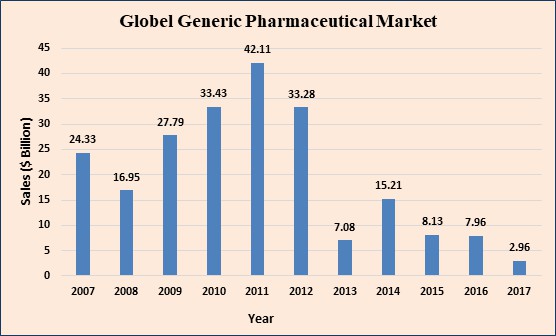
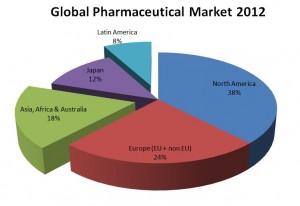
-
The global pharmaceuticals market is worth US$300 billion a year, a figure expected to rise to US$400 billion within three years (WHO). North America, Europe and Japan account for the 74% of the market.
This means that approximately 5.7 billion people (80% of the world population) share only the 26% of the global pharmaceutical market. Although low-income countries spend higher percentage of their budgets in pharmaceutical products than high-income countries, in absolute figures, the expenditure is so small that many drug developers don’t even bother to take out patents in poor countries.
Conference Highlights
- Biomedicine
- Biomedical Statistics
- Medical Devices
- Biomedical model
- Biomedical Diagnostics
- Biomedical Science
- Computational Biomedicine
- Molecular Biomedicine
- Personalised medicine
- Frontiers in Biomedicine
- Pharmacotherapy
- Biopharmaceutics
- Pharmacological Sciences
- Pharmaceutical Technology
- Nanotechnology
- Pharmacognosy
- Immunopharmacology
- Industrial Pharmacy
To share your views and research, please click here to register for the Conference.
To Collaborate Scientific Professionals around the World
| Conference Date | March 25-26 2019 | ||
| Sponsors & Exhibitors |
|
||
| Speaker Opportunity Closed | |||
| Poster Opportunity Closed | Click Here to View | ||
Useful Links
Special Issues
All accepted abstracts will be published in respective Our International Journals.
Abstracts will be provided with Digital Object Identifier by











